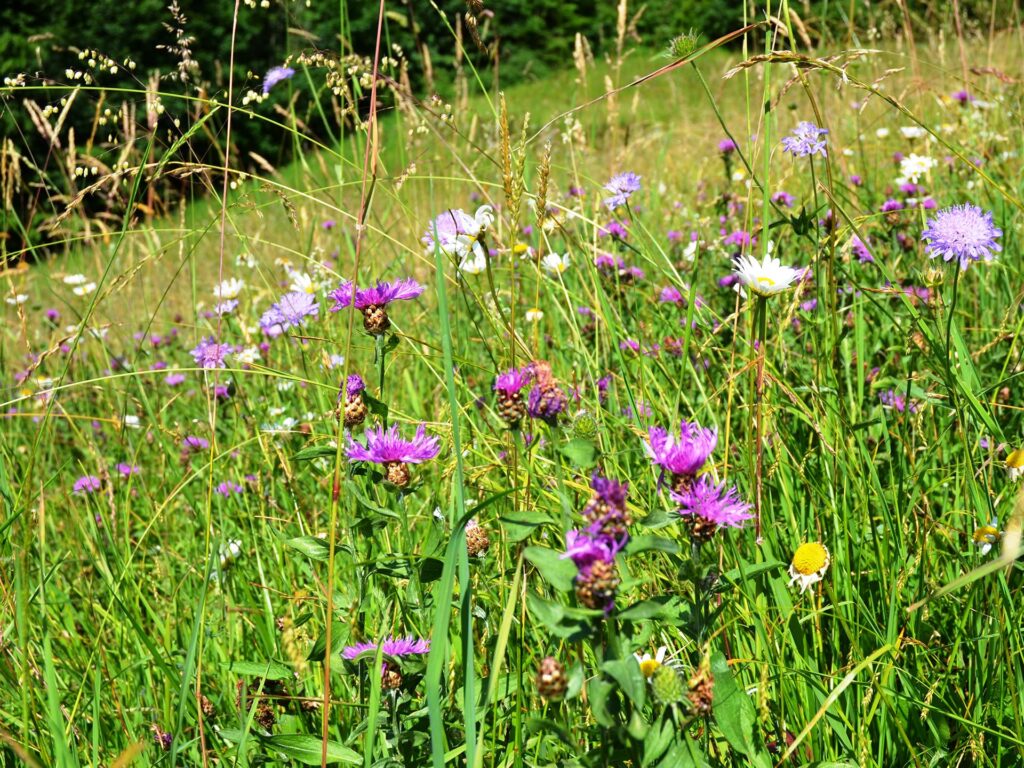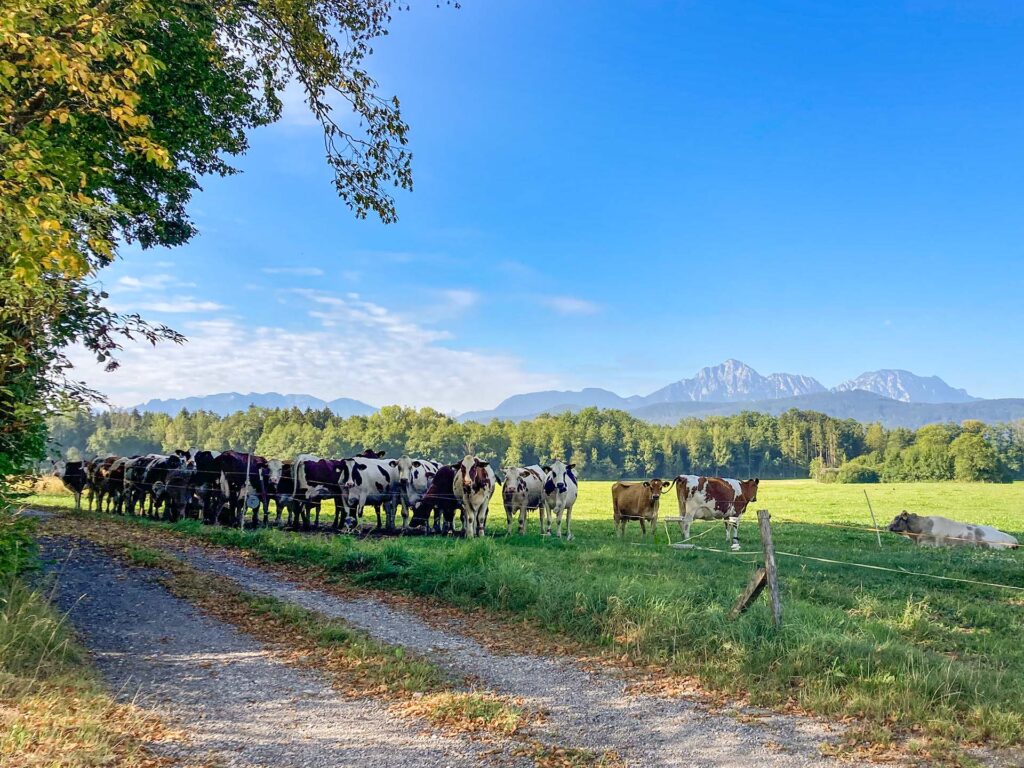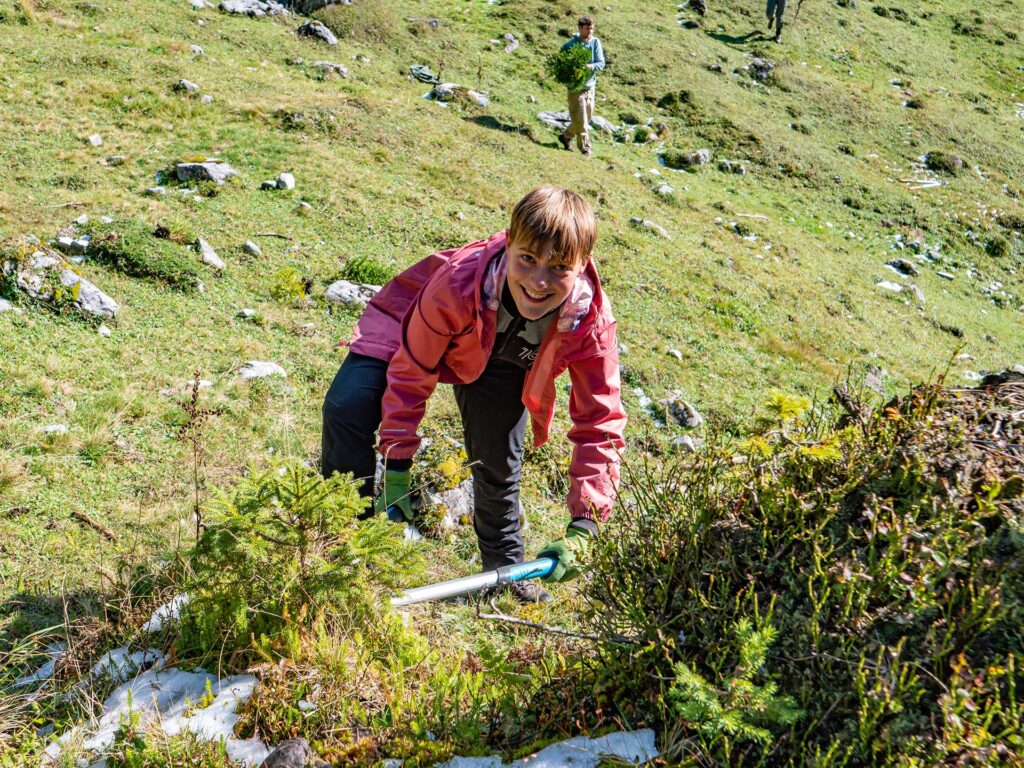Landscape Ecology and Biodiversity
For a flourishing Berchtesgadener Land
Over centuries, humans have created a cultural landscape in the Berchtesgadener Land that is home to more than 3,000 different species of animals and plants. Among the most species-rich areas in the region are the extensively managed meadows and pastures, moors or litter meadows, but also the naturally and near-naturally managed forests as well as bodies of water.
The effects of climate change, air pollution or the progressive extinction of species also take place within the biosphere region. Therefore, one focus of the Administration Office are projects and initiatives that serve the preservation of an extensive and structurally rich cultural landscape as well as the long-term protection of ecologically valuable habitats. This can only be achieved by working in cooperation with municipalities, farms, associations and other regional agencies.

Biosphere Meadow Seeds
Create and care for a flowering meadow yourself


Pasture landscapes in the Surtal
The Sur is one of the defining rivers of the Biosphere Region. It flows in large loops in the north of the district from Teisendorf to Laufen, where it flows into the Salzach. It shaped the Surtal and created a floodplain landscape. Today the areas along the Sur are cultivated by farmers. Meadows and pastures, fields, the banks of the Sur, smaller and larger trees and numerous hedges combine to form an important cultural landscape. The “Pasture Landscapes in the Surtal” project aims to set accents to strengthen grazing in this habitat. In the spirit of a holistic UNSESO approach, people, animals and nature benefit equally.
Did you know?
More than 1760 different species of plants and more than 1700 different species of animals live in the Biosphere Region. 70% of them are insects! The most species-rich areas in the region are the extensively managed meadows and pastures – comparable to tropical rainforests in their importance for biodiversity.

Berchtesgadener Land Wild Bee Project
Building wild bee nesting aids yourself


Species and biotope protection concept
Field wild herbs


Biosphere Fruit Trees
Projects for volunteers
